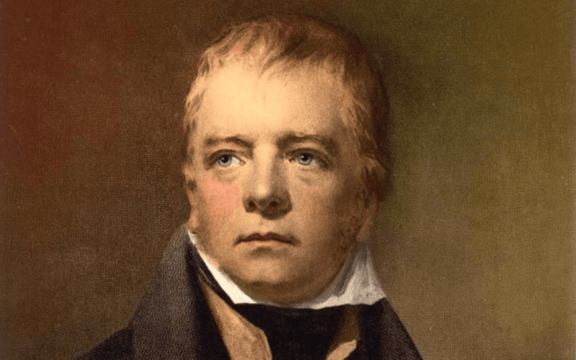
Sir Walter ScottPublic Domain
Dana Huntley looks at the lives of Britain's most famous unsung heroes who made a big difference to the world and shares where to honor them on your next vacation in the UK.
There is a difference between courage and bravery. Bravery is an instinctive and heroic reaction at personal risk in response to a crisis. Courage is the strength of character to pursue at a personal cost a difficult and virtuous course of action to its end. History celebrates the brave but sometimes places the courageous in the background. Here are the stories of four courageous British individuals whose lives and work made an impact on their time, and ours.
William Wilberforce
Abolitionist and Social Reformer
The Yorkshire seaport city of Kingston-upon-Hull, known colloquially as Hull, has long been unjustly neglected by visitors to Britain. On the road to nowhere, Hull is easily overlooked despite its wealth of maritime history, stunning architecture, and beautiful waterfront. It doesn’t take long in Hull to learn that the city’s favorite son is William Wilberforce.
Born in 1759 in Hull’s Old Town, a beautiful brick 17th-century townhouse remained Wilberforce’s home throughout his life. As a student at St. John’s College, Cambridge, Wilberforce became friends with future Prime Minister William Pitt and together they entered the House of Commons in 1780. He remained a Member of Parliament as MP for Yorkshire and Hull until 1826.
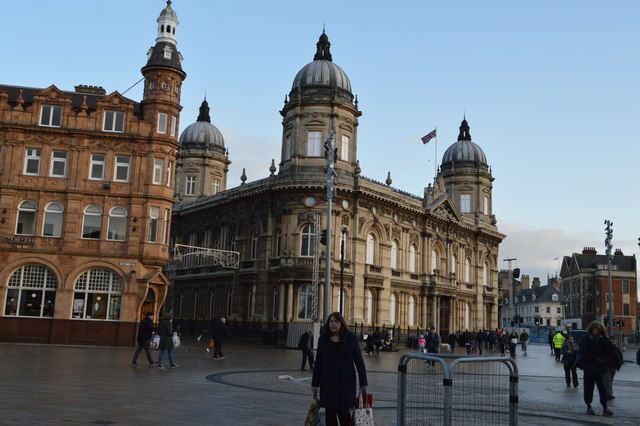
Hull Maritime Museum.
Having experienced a religious conversion in 1784, Wilberforce’s spiritual mentor became Rev. John Newton, the former slave trader who most famously authored “Amazing Grace.” In 1787, Wilberforce began what would be a 20-year parliamentary crusade to abolish the slave trade, helping to found what became the Anti-Slavery Society. Wilberforce and fellow active evangelical leaders in the cause became known as the Clapham Sect, with Wilberforce their prominent point man.
Session after session, Wilberforce brought motions and resolutions against the slave trade to the Commons, and year after year they were defeated by the landed and commercial interests in the House. An active social reformer through the years, Wilberforce was also a founder of the Royal Society for the Prevention of Cruelty to Animals and the Church Mission Society.
To the acclaim of an ever-rising populous supporting abolition, Wilberforce was finally successful in 1807 with the passage of the Slave Trade Act. Ending the slave trade did not outlaw slavery itself, however, and Wilberforce and the Anti-Slavery Society turned their efforts to its end. In failing health, in 1826, Wilberforce retired from the Commons. The Slavery Abolition Act was passed by the House in 1833 – three days before William Wilberforce’s death. The honored statesman was laid to rest in Westminster Abbey.
The Wilberforce House, Hull
The birthplace of William Wilberforce is on the High Street of Hull’s Old Town. What remained Wilberforce’s lifetime home is now a museum of his life and work and includes a dramatic exhibition on the history of slavery.
Sir Walter Scott
Creator of Scotland’s Romantic Identity
Among the most prominent landmarks in Edinburgh is the towering 200-foot memorial to Sir Walter Scott at the head of Princes Street. Best known for his historical novels, Scott (1771-1832) was the most popular writer of his day. His swashbuckling epics remain classics, though sadly little-read today.
Edinburgh-born and educated, Scott came to fame because of his poetry, largely influenced by folk tales and ballads of Scotland’s lowlands. In fact, Scott was offered the post as Britain’s Poet Laureate in 1813, although he declined the honour. The next year, Scott published his first novel, “Waverley”, a story of the Jacobite rebellion of 1745. A steady stream of historical tales followed, including “Rob Roy”, “Old Mortality”, “The Heart of Midlothian” and “Ivanhoe”.

Sir Walter Scott.
Amazingly, Scott’s literary output was something of a sidelight for him. Scott was trained as a lawyer and, making a name for himself as an advocate, spent his career as Clerk of the Session and Sheriff Depute of Selkirkshire (a district court judge). In 1817, his renown, as well as his legal occupation, gained Scott permission from the Prince Regent (later King George IV) to recover the “Honors of Scotland,” the country’s Crown Jewels, which had been secreted away in Edinburgh Castle since the 1707 Act of Union. Following the success of his mission, the grateful Prince bestowed the title of Baronet upon Scott, in 1820.
Following the Prince Regent’s accession to the throne, in 1822, King George IV invited himself to Edinburgh for a state visit. Sir Walter was put in charge of organizing the spectacle. At a ceremonial ball, the King dressed in tartan and many of the illustrious guests donned tartan kilts – a style of dress prohibited since the defeat of the Jacobite ’45 rebellion. It was a momentous occasion of “healing,” and Scott became a national hero.
A few years later, a national banking crisis in 1825 caused the failure of a printing company of which Scott was a significant investor, ruining as well as humiliating him. Rather than accept bankruptcy, Scott determined to repay the loss with his pen. Retiring from Edinburgh to his home in the Scottish Borders, over the next six years, he turned out a remarkable number of novels and nonfiction books, including two-volume History of Scotland and a biography of Napoleon Bonaparte.
In the summer of 1832, Scott undertook a grand tour of the continent, but Scott had worn himself out and returned home with typhus, where he died that September. Sir Walter Scott’s tomb lies in the ruined nave of beautiful Dryburgh Abbey.
Abbotsford House
Scott’s position in Selkirk required his residence in the Borders for good parts of the year. In 1814, he acquired a cottage near Melrose, which became his home and base for the rest of his life. Over the years, the writer rebuilt his property into Abbotsford House, a baronial residence fitting his imagination and reflecting the history about which he wrote. A magnificent visit.
John Wesley
Taking the Gospel to the World
Tides of social and intellectual history often swell from quiet waters. One of those tides in 18th-century England began in the small Lincolnshire market town of Epworth with two brothers, John and Charles Wesley. Today visitors from across the globe make their way to Epworth to follow the Wesley Trail through the quiet town.
The Rev. Samuel Wesley came to Epworth in 1695 as Rector of St. Andrews Church with his wife, Susanna, and the first four of their 19 children. John Wesley was born in 1703 and his brother Charles in 1707.
In 1709, a fire destroyed the thatched-roof rectory. A new rectory, long known as The Old Rectory, was built – a lovely, brick Queen Anne manse, suitable for Rev. Wesley’s growing family and for his prominence in the community.
John, and then Charles, were schooled in London and went on to Oxford University. There, in the worldly and often profane university city, they gathered around themselves a group of friends to practice the spiritual disciplines of the faith they had grown up with. So regular was this circle in their devotion and study that they were given the mocking nickname “Methodists.”
John Wesley went on to lead the most influential religious and social movement of the English 1700s. Both brothers took orders in the Church of England, but neither followed their father as a church vicar.
John Wesley famously repeated often: “The world is my parish.” He is said to have ridden some 250,000 miles on horseback and to have preached more than 40,000 sermons.
Wherever John Wesley went, crowds gathered, often walking for miles to hear him speak in the fields or at a market cross. More than 500 Anglican clergies, inspired by the man and his message of the evangelical gospel and holy living, became his followers in what became “Methodist Societies”. He established chapels, commissioned and ordained pastors on his own authority, and used his influence championing social justice and the improvement of human life.
His brother, Charles, wrote more than 3,000 hymns, becoming perhaps the most prolific and famous hymn lyricist of all time. To this day, Wesley’s hymns are found in the hymnals of almost every Christian tradition.
During the Wesleys’ lifetime, the Methodist Societies remained a movement within the Established Church. After John Wesley’s death in 1791, a final break with the Anglican establishment created what became the Methodist Church – the largest Protestant denomination in the English-speaking world.
The Wesley Trail, Lincolnshire
The Old Rectory remained home to the rectors of Epworth until 1954. Now owned by the World Methodist Council, the Old Rectory was opened to the public in 1957. From March through October guides tell the story of the Wesley household and the Rectory’s Wesleyan memorabilia.
Behind the house, John Wesley’s Physic
Garden is an 18th-century-walled garden roughly based on Wesley’s book The Primitive Physic. Epworth’s Wesley Memorial Church was completed in 1889. The roundel above its pulpit depicts life-size portraits of John and Charles Wesley, taken from their memorial in Westminster Abbey. Arching above their stained-glass pictures, the inscription is believed to be John Wesley’s last words: “The best of all is, God is with us.” St. Andrews Church and Wesley Memorial Church are generally open for visitors.
Read more
Florence Nightingale
Champion of Nursing
Florence Nightingale was born in May 1820 into an aristocratic, land-owning family. Unlike most women of her time and status, Florence was well educated by her father in languages, theology, and mathematics. In 1850, she visited a German religious community, where she observed the Lutheran deaconesses work with the sick. She received four months of medical training there and considered the experience a turning point in her life.
In August 1853, Nightingale became superintendent of the Institute for the Care of Sick Gentlewomen, in London. As reports from the Crimean War came back of the appalling conditions for the wounded, this became Nightingale’s passion.
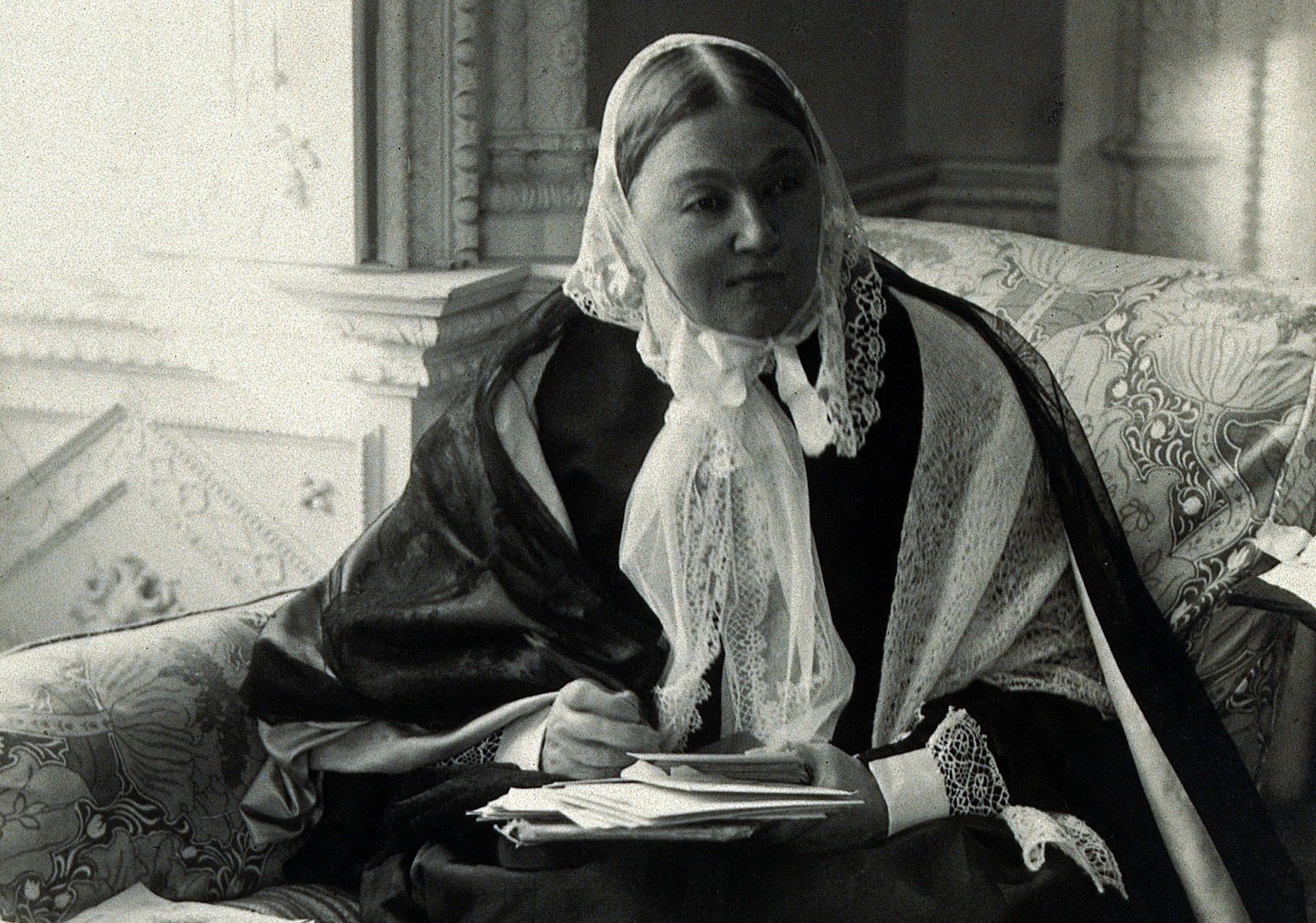
Florence Nightingale, Champion of Nursing.
In October 1854, with the Secretary of War’s commission, she and 38 women volunteer nurses that she trained, including 15 Catholic nuns, were deployed to the British army hospital in Scutari.
Nightingale gained the nickname “The Lady with the Lamp” after a report in The Times described her making rounds of wounded soldiers at night. During that winter more than 4,000 soldiers died in Scutari – 90 percent from disease rather than battle wounds. Nightingale saw that death rates were caused by poor nutrition, lack of supplies, stale air, and overworking of the soldiers. Nightingale reduced the death rate dramatically with steps as simple as implementing handwashing, clean drains, sewers, and a clean water supply.
After she returned to Britain, Nightingale presented evidence before the Royal Commission on the Health of the Army. Her reforms reduced peacetime deaths in the army and she turned her attention to the sanitary design of hospitals and the introduction of sanitation in working-class homes. To recognize Nightingale for her war work, in November 1855, the Nightingale Fund was established for the training of nurses. An outpouring of donations provided £45,000 for her use.
Nightingale wrote, “Notes on Nursing” (1859). The book served as the cornerstone of the curriculum at the Nightingale School and other nursing schools. The next year, she set up the Nightingale Training School at St. Thomas Hospital, in July 1860. It is now the Florence Nightingale School of Nursing and Midwifery and part of King’s College, London.
Nightingale spent the rest of her life promoting and organizing the nursing profession. In 1883, Nightingale was the first recipient of the Royal Red Cross, and in 1907, she became the first woman awarded the Order of Merit.
Florence Nightingale died peacefully in her sleep in her home in London, in August 1910, at the age of 90. The Nightingale Pledge is taken by new nurses and International Nurse’s Day is celebrated on her birthday.
Claydon House, Aylesbury
Florence was a champion of the Royal Buckinghamshire Hospital near her sister’s home, Claydon House, in Aylesbury. Today, the National Trust cares for the 18th-century estate and for her connection to the house.
The Florence Nightingale Museum at St. Thomas Hospital, London tells the story of the ‘Lady with the Lamp’ and her life’s work.
Throughout 2020, the museum is sponsoring a variety of bicentenary events commemorating Nightingale’s birth in 1820. Visit www.florence-nightingale.co.uk for more.
* Originally published in the print magazine, British Heritage Travel, in the May / June issue in 2020.

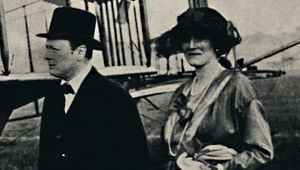

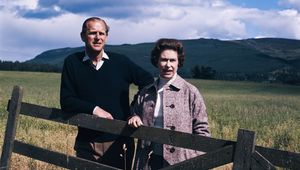
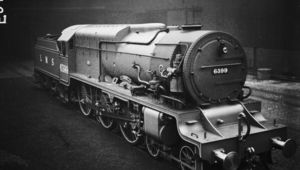
Comments